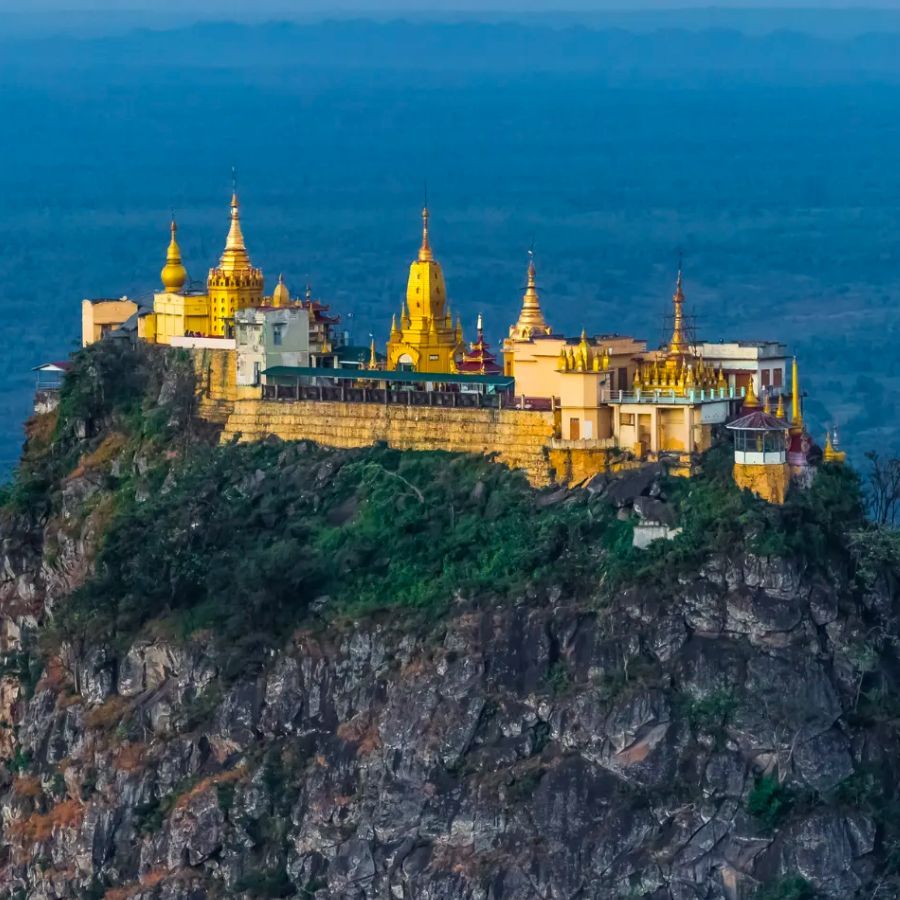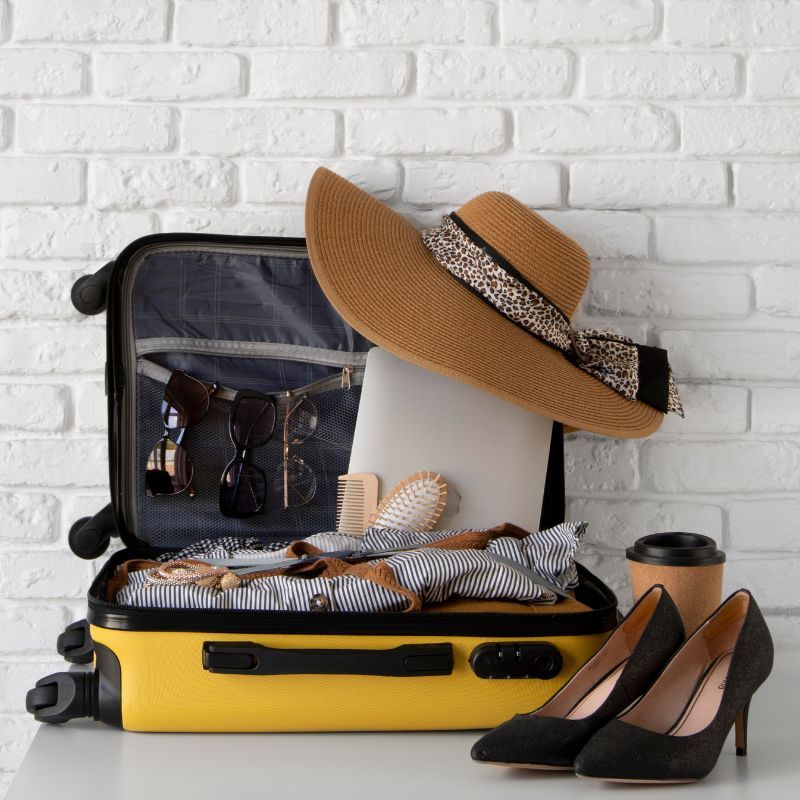
Just the mention of Everest Base Camp Trek is enough to get avid trekkers and mountaineers excited. While some of them still have Everest Base Camp Trek on their bucket list, the ones who have been a part of this adventure remember it as one of the most exhilarating experiences of their lives. Everest Base Camp is located at the height of 17,598 feet above sea level, and this trek in the Himalayas is one of the most challenging yet picturesque routes to be on. Before setting on an adventure like this, thorough planning is a must so that you have the right gear, gadgets and equipment to carry during your climb.
There are two base camps for Mount Everest – The North Base Camp in Tibet and the South Base Camp in Nepal. The North Base Camp has been closed to tourists since 2019, making Nepal the only campsite open to people.
A brief history of Everest Base Camp

Edmund Hillary and Tenzing Norgay were the first ones to have climbed Mount Everest in 1953. They both realised that it is important to have a safe space to store supplies at the base of the mountain instead of going back to Khumbu Valley (also known as the Everest region) every time they needed essentials for the trek, and that’s when Everest Base Camp was formed.
Best time to visit
Weather conditions in March to May and mid-September to November are perfect for trekking as the skies are clear and there’s less chance of snowfall. During this time, the visibility of the mountain is ideal. Although it is possible to trek during the winter season from December to February, the majority of accommodations are closed during this time, and the trails are covered with snow making it extremely difficult to navigate.
A minimum of twelve to fourteen days is required to complete the 130-kilometre-round trip. This time frame includes walking and resting as being on a high-altitude path requires you to acclimatise. Most trekkers walk for eight hours a day and can stretch a little more depending on the weather conditions and personal strength.
How to reach
Fly from Kathmandu to Lukla airport (also known as Tenzing-Hillary airport), and from there, you can walk the wooden path towards Namche Bazaar to begin the trek. If you are pressed for time, you can even take a helicopter from Kathmandu to reach the small town of Lukla just in 45 minutes. The only way to reach Namche Bazaar from Lukla airport is by foot, as there are no proper roads for vehicles.
Trek route

The trek route starts at Lukla and from here you go through Phakding to reach Namche Bazaar. Going ahead you reach Tengboche. Crossing Pangboche, Dingboche, Dughla, Lobuche and Gorakshep you make your way to the destination – the Everest Base Camp. The route remains the same while coming back.
Places to explore during the trek

Sagarmatha National Park Museum
Offering the first views of the Everest and Lhotse, Sagarmatha National Park Museum is only a 20 to 30-minute walk from Namche Bazaar and is located right above it. The museum is a great place to learn about the Sherpa culture and history, and everything about Everest’s history through its various exhibits. One of the highlights here is the Tenzing Norgay statue.
Tengboche Monastery (also known as Thyangboche Monastery or Dawa Choling Gompa)
Located in Tengboche village at an altitude of 12,687 feet, this is one of the biggest Buddhist monasteries in Nepal and often the first stop for trekkers who seek blessings before setting on this adventurous trail. This monastery houses exclusive murals and is home to sixty monks. If you plan to trek in the months of October-November, do stop here to catch glimpses of the vibrant Mani Rimdu Festival.
Nangkar Tsang or Dingboche Viewpoint
Nangkar Tsang is a spectacular viewpoint located right above Dingboche in Khumbu and has an easy ascent compared to other mountain peaks. This is the place where most trekkers rest before going to higher points such as Kala Patthar and Everest Base Camp.
Gorakshep
Inside the Sagarmatha National Park, you will find the home of the Sherpas known as Gorakshep. It is a small town where modern amenities such as the internet is available and is usually the final stop on most treks to the Everest Base Camp.
Kala Patthar
To get one of the best views of Mount Everest, take a detour to the lookout point Kala Patthar (translates to Black Rock). At an elevation of 18,373 feet, Kala Patthar is located higher than four of the seven summits and is a moderate to strenuous level of trek. The path to this viewpoint is short with a difficult climb that comes with a risk of slipping and falling but is totally worth it as at Kala Patthar you will get a 360-degree view of Mount Everest and spot other mountain ranges such as Nuptse, Changtse and Pumori.
You may need to extend your itinerary to include Kala Patthar, depending on your speed and weather conditions.
How to pack
When it comes to trekking at a high altitude without a doubt you need to carry layers of clothes to keep yourself warm for the trek in the harsh cold weather. Keep the list below handy when you begin to pack your bags.
- Clothes: Carry a jumper, thermal inners, full-length pants, track pants, woollen socks, sports socks, gloves – woollen and synthetic both, a warm scarf and muffler, a warm fleece jacket, and thermal underwear. Make sure you carry synthetic t-shirts as cotton ones absorb sweat faster and will make you feel cold.
- Shoes: Keep warm high boots for trekking and pack soft pairs of slippers that you can use while visiting nearby places.
- Get yourself a sleeping bag that has an inner lining that will help you keep warm.
- Toiletries: There will be days when you won’t be able to shower, so for those days carry baby wipes. Add cold cream, tissues, a good sunscreen with high SPF, dry travel towels and lip balm to your bag.
- Water: You will have to drink water from the lakes and rivers that you find on the way during your trek so make sure to carry water disinfectant drugs.
- Medical kit: Carry medicines for diarrhoea, and antibiotics for chest, stomach, sinus and other infections. Keep a hot water bottle. Must carry adhesive bandages and duct tape.
- Also carry a full-length raincoat along with a woollen hat, sun hat and polarised sunglasses.
Everest Base Camp Trek cost
The standard cost for one person ranges from USD 1,200 to USD 1,500 for a period of twelve to fourteen days. This package will mostly include round-trip flights from Kathmandu to Lukla, permits, accommodation and meals. This cost does not cover visa fees, trekking and travel insurance. Earlier, you could do the Everest Base Camp trek on your own, however, recently Nepal banned solo trekking for foreigners and one has to book the trek with a travel organisation.
Important things to keep in mind before planning Everest Base Camp Trek

An avid trekker who has climbed Mount Everest and a high-altitude filmmaker, Manish Maharjan shares insights on how to decide if you are fit for this trek or not. He says, “You don’t need to be a very strong person working out every day, having big muscles. I have had clients with two open heart surgeries, and they still managed to complete the trek.” He recommends doing a short half-day or a full-day trek nearby to figure out the distance you can walk easily. You should also monitor your speed along with the recovery time your body takes after the trek.
When asked about how to sign up for the Everest Base Camp Trek, Maharjan said, “The best way for trekking in the mountains is always by signing up with a group or company or you can hire a freelance guide.” He further shared the importance of having a guide on the trek and said that guides will help in acclimatisation as they are experienced and know the best.
Emphasising on hiring a guide, Maharjan shared that people who don’t hire one end up not completing the trek or losing their lives. He added, “If you are an experienced trekker who has already done 5,000 metres (16,404 feet) plus elevation trekking then you can do solo travel, but for people with zero experience of high altitude, it is strictly not recommended to do solo travel.”
When asked about the tour operators to book the trip with, Maharjan recommended Seven Summit Treks and 14 Peaks Expedition as they are one of the biggest operators in Nepal.
(Hero and feature image credit: Daniel Prudek/Shutterstock)
Related: Pack These Winter Trek Essentials For A Smooth Trekking Experience
Frequently Asked Questions (FAQs)
Answer: The difficulty level of the Everest Base Camp trek is moderate and it does not require prior trekking expertise. However, it is important to be physically fit and determined to complete the trek.
Answer: It takes around eight days to reach Everest Base Camp and four days to return back.
Answer: Beginners can do this trek, but it is not recommended unless you have all your gear in place and learn the proper methods of using it. It is a difficult trek compared to other treks in Nepal because of the elevation you gain. On the first day, Kathmandu to Lukla is 1,400 metres (4,593 feet) plus gain where you reach 2,800 metres (9,186 feet) plus elevation. So proper acclimatisation is recommended, including proper rest days in places like Namche Bazaar, which is at the height of 3,400 metres (11,154 feet) plus. Don't make the mistake of trying to finish the trek in a short duration and cut out rest days from your itinerary. This can become a reason for you not being able to complete the Everest Base Camp trek.
Answer: Everest Base Camp trek is harder than Annapurna trek because of the high altitude that takes a toll on human body if one does not acclimatise properly.
Answer: Yes, climbers use approximately seven bottles of oxygen.
Answer: Everest Base Camp Trek is considered to be one of the hardest base camp treks because of the altitude it is at. The trek starts at the height of 3,000 metres (9,842 feet) and the base camp is situated at the height of 5,400 metres (17,716 feet) above the sea level.
Answer: No, you have to be incredibly fit to climb Mount Everest. Most people train for a year before they set out on this adventure.
Answer: March, April, May, mid-September, October and November are the best months for the Everest Base Camp trek.
Answer: The approximate cost for one person around USD 1,200 to USD 1,500 (INR 99,098 to INR 1,23,872 - conversion at the time of writing) for a period of twelve to fourteen days.












